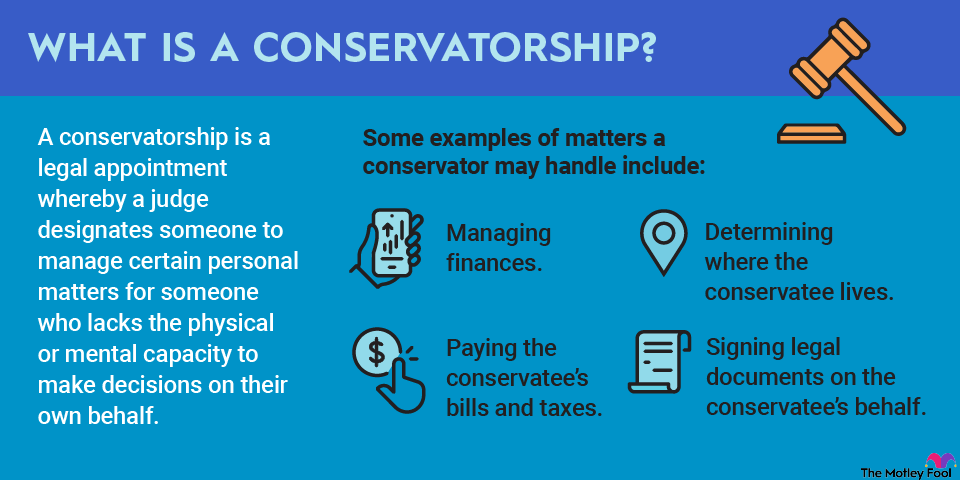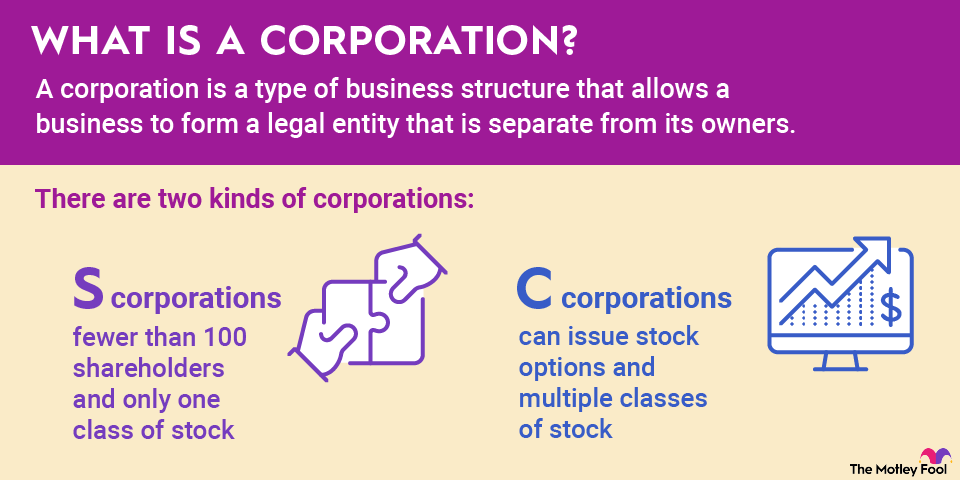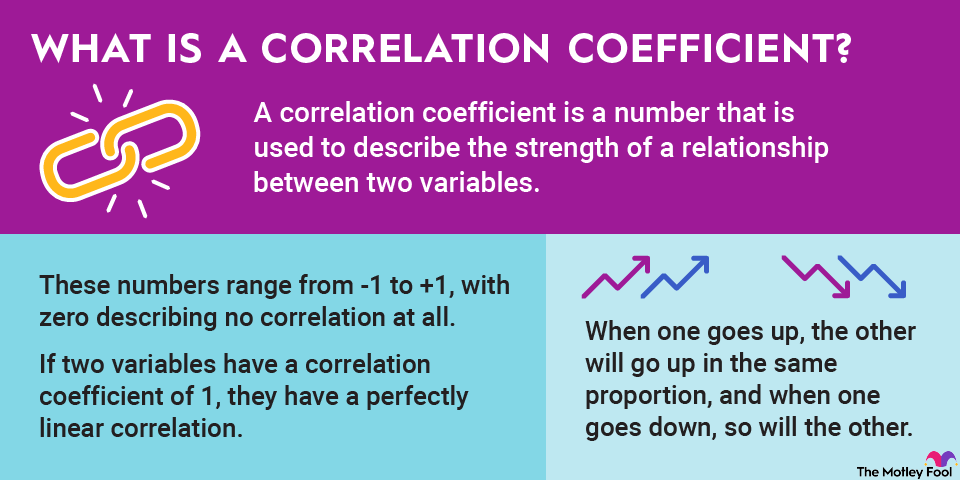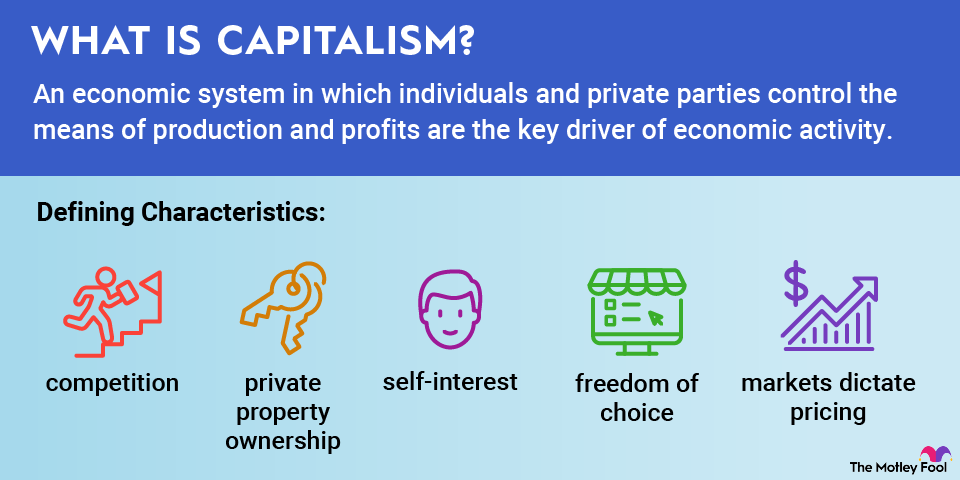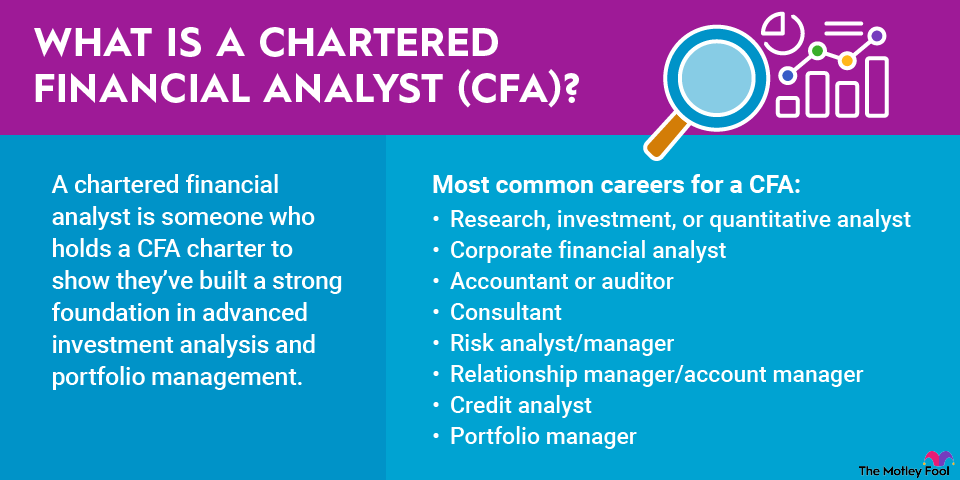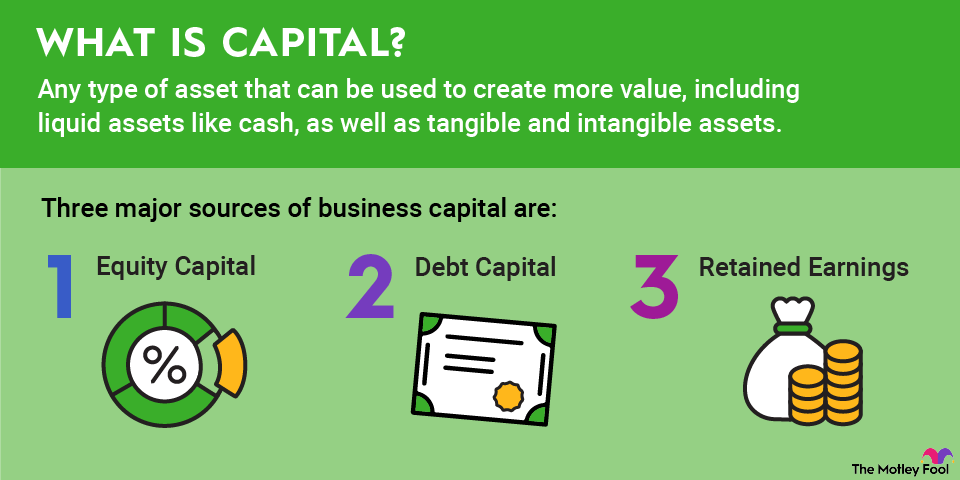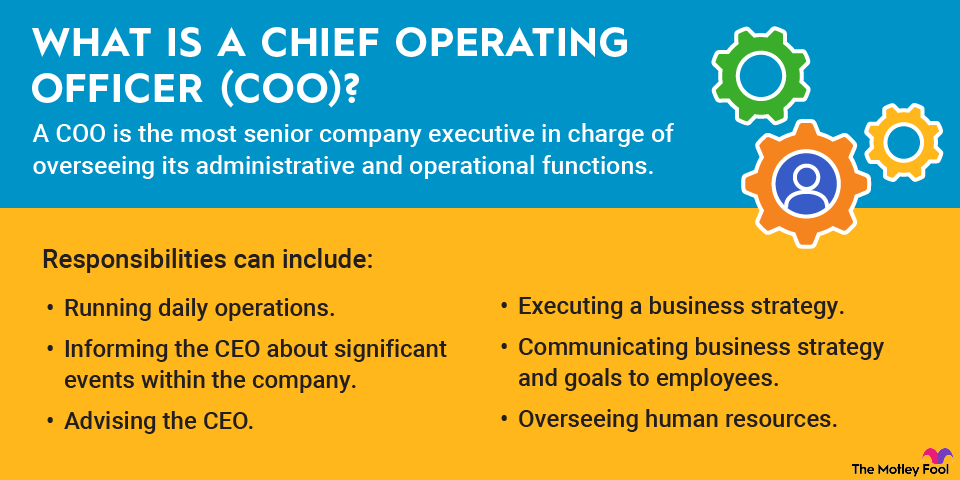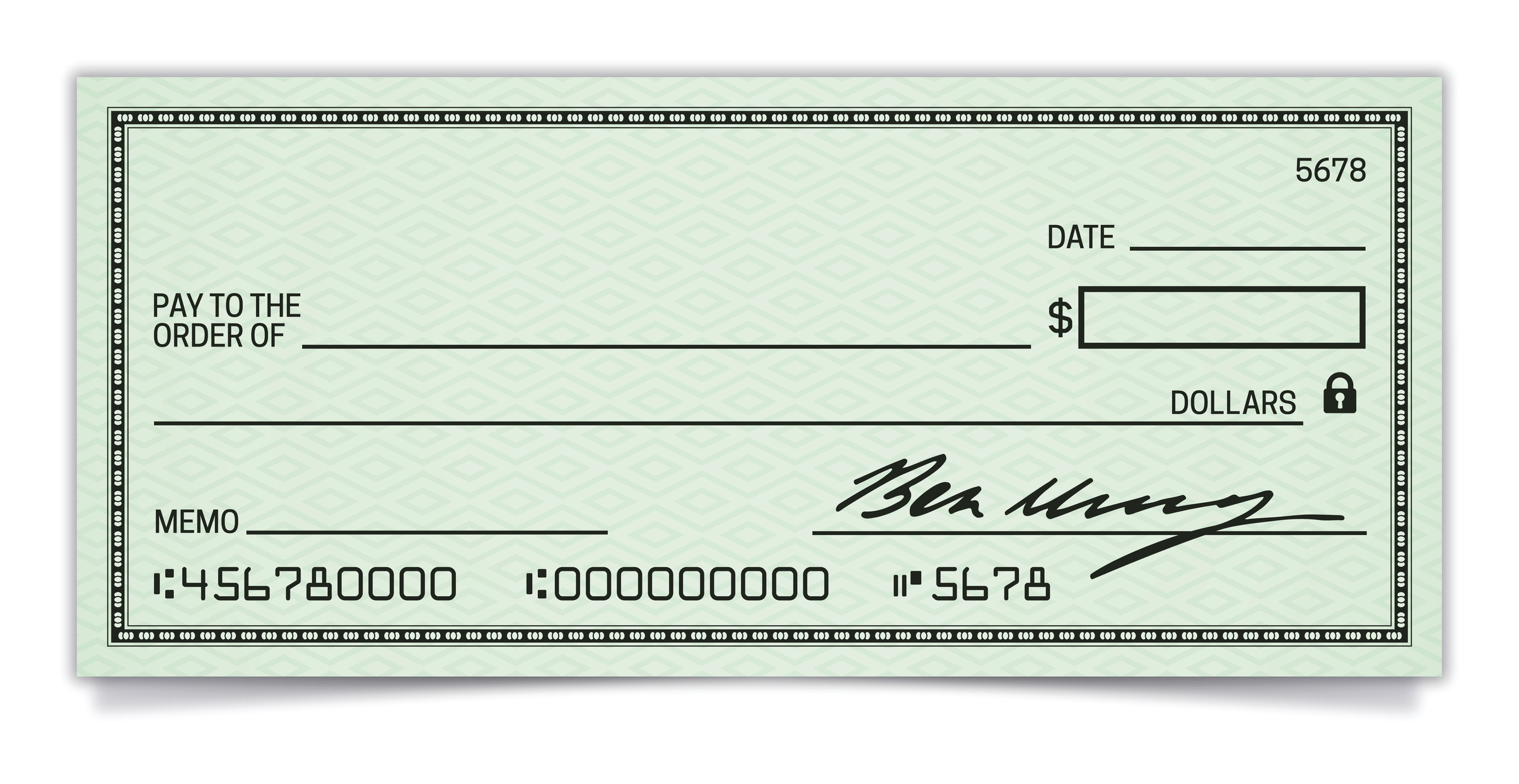If you’ve ever been tempted to pull your money out of a bank, you should know there are options (besides your mattress). One of the most prominent alternatives to commercial banks is a credit union, which is a nonprofit, member-owned financial institution. Read on to learn more about credit unions, including the types of services they offer, their history, and the pros and cons of establishing a credit union account.

What is a credit union?
Although there are credit unions of all different shapes and sizes, they share three common characteristics:
- Credit unions are nonprofits.
- They’re cooperatives, meaning they’re owned by members.
- Finally, they’re financial institutions.
The first U.S. credit union, St. Mary’s Cooperative Credit Association, was opened in Manchester, New Hampshire, in 1909. The financial institution was helped in its creation by Alphonse Desjardins, who started credit unions in North America with a 10-cent deposit at La Caisse Populaire de Levis, a Quebec credit union.
While credit unions remain far less common than commercial banks, their numbers had swelled to more than 4,400 establishments in mid-2025, with 143.2 million members and $2.37 trillion in assets. They offer a wide range of services, including:
- Checking accounts (share draft accounts).
- Savings accounts (share accounts).
- Certificates of deposit (share certificates).
- Auto loans.
- Personal loans.
- Home loans.
- Mortgage refinancing.
- Home equity lines of credit.
- Insurance products.
- Credit cards.
- Mobile and online banking.
- CO-OP ATM network.
Just as bank accounts are covered up to $250,000 per depositor, per bank, per account type by the Federal Deposit Insurance Corp. (FDIC), the National Credit Union Share Insurance Fund covers credit union accounts for as much as $250,000 per ownership account.
Credit unions by the numbers
Although credit unions pale in size to some of the behemoth commercial banks, such as JPMorgan Chase (JPM +0.88%) and its $4.36 trillion in assets, there are a number with assets well into the billions. Navy Federal Credit Union is the nation’s largest, with $190 billion in total assets. It’s followed by State Employees’ ($55.3 billion), SchoolsFirst ($33.4 billion), Pentagon Federal ($30.5 billion), and Boeing Employees ($29.4 billion).
Like banks, credit unions are subject to larger macroeconomic forces. There were 161 fewer credit unions in the first quarter of 2025 on a year-over-year basis, largely the result of consolidations; the number of credit unions with more than $500 million in assets climbed from 717 to 740 during the same period. Meanwhile, membership rose by 2.9 million people to reach a total of 143.2 million customers during the same period.
Total assets in credit unions rose by $60 billion during Q1 2025 to $2.37 trillion, including an additional $52.8 billion that brought the total outstanding loans to $1.65 trillion. Family residential property loans made up $756.8 billion (+$44 billion year over year), and auto loans accounted for another $481.4 billion (-$10.4 billion). Credit card balances totaled $83.8 billion (+$3 billion), and student loans made up $6.9 billion (-$0.4 billion).
Pros and cons of credit unions
Before putting money into a credit union, you should be aware that there are both pros and cons to them. Advantages include:
- Because credit unions are nonprofit cooperatives, they can generally offer better deposit and loan rates than brick-and-mortar commercial banks.
- Since they don’t have to worry about pleasing shareholders, credit unions invest their money more conservatively than banks operated by publicly traded companies.
- Finally, because they’re owned by members, credit unions tend to have a local focus that results in better customer service.
Disadvantages include:
- Before you can become a member of a credit union, you’ll have to meet the criteria for joining one. For example, Navy Federal Credit Union, the nation’s largest, restricts membership to people serving in the armed forces, Department of Defense employees, and their family members.
- There are fewer credit unions than banks, and credit union locations tend to be limited to a smaller area. Navy Federal Credit Union, for example, has 367 branches; Bank of America (BAC +0.16%), the second-largest U.S. bank, reports 3,700 retail centers.
- Although credit unions generally offer better interest rates on savings accounts and loans than commercial banks, they tend to lag behind the deals offered by online banks.
Related investing topics
How to choose a credit union
If you’re thinking about moving some or all of your cash into a credit union, you’ll need to make sure it meets your needs. Check the fit by doing the following:
- Find out its membership requirements.
- See if you’re comfortable with its location, ATM networks, and online services.
- Compare rates and fees with those offered by other financial institutions.
- Make sure it’s covered by the National Credit Union Share Insurance Fund.
- Check its offerings – loans, services, or different types of accounts – to ensure that it has what you need.
